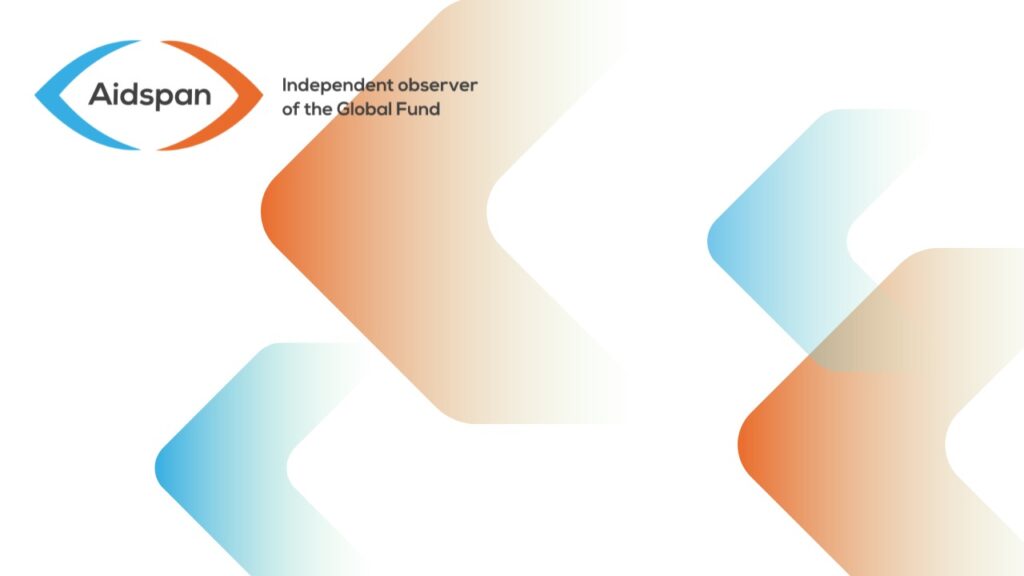
GFO Issue 293, Article Number: 10
EHRN publishes four case studies
ABSTRACT
ABSTRACT
Case studies conducted by the Eurasian Harm Reduction Network rate the readiness of four countries to transition harm reduction programs from Global Fund support to domestic funding at between 19% and 47%.
According to four case studies recently published by the Eurasian Harm Reduction Network (EHRN), the readiness to transition harm reduction programs from Global Fund support to domestic funding in four countries in Eastern Europe and Central Asia ranges from 19% to 47%.
The four countries are Albania, Bosnia and Herzegovina, Macedonia, and Romania. See the table for further details.
Table: Readiness to transition harm reduction services in four EECA countries,
plus additional contextual information
Albania
Bosnia & H.
Macedonia
Romania
Readiness to transition
harm reduction program
19%
33%
47%
31%
Income level
Upper
lower-middle
Upper-middle
Upper-middle
Upper-middle
HIV disease burden
Low
Low
Low
Moderate
Global Fund HIV
program end date
Dec. 2016
Sep. 2016
Dec. 2016
Closed in 2010
Eligibility for
further funding
Yes
No
No
No
Transition Planning
Expected to
start shortly
Ongoing
Ongoing
No transition
envisioned
The readiness of the countries to transition harm reduction services was assessed in the context of the overall HIV programs. Four key areas were examined: policy, finance, governance, and programming.
For this research, EHRN used a Transition Readiness Assessment Tool (TRAT) developed by EHRN and APM Global. In addition to assessing readiness to transition, the research looked at barriers and challenges to transitioning, as well as lessons learned from transition planning already underway.
The major barrier in all four countries was lack of financing. How this plays out in the different countries varies. For example, in Albania domestic financing largely depends on the economic ability of the country, whereas in Macedonia political instability is the main issue, and in Romania it is the lack of the political will and commitment.
Other barriers identified in the case studies were the lack of capacity on the part of the ministries to manage and coordinate national HIV programs; the lack of health systems strategies and plans; the inability of the relevant agencies to procure methadone and antiretrovirals; and the lack of financial mechanisms for contracting with civil society organizations (CSOs) and communities to deliver services.
In addition, challenges faced in some of the countries included poor capacity of local laboratories, clinics, and health care staff; and insufficient management of testing, treatment, counseling, and adherence services.
The research revealed that the coverage, consistency, and quality of opioid substitution therapy programs and needle exchange programs needed to be improved in all four countries.
While the governments have committed to assume financial responsibility for the harm reduction programs, stakeholders questioned whether funds have been allocated for this purpose. EHRN said that there was little interest on the part of other international donors to provide funding to maintain the harm reduction programs.
Separate reports have been prepared on each case study, available here. The reports include recommendations for the government, civil society organizations and the Global Fund. A fifth case study (on Montenegro) will be published soon. Financial support for the research was provided by International Council of AIDS Service Organizations (ICASO).
EHRN said that without specific funding for CSOs to do advocacy, CSOs are unlikely to be able to persuade governments to take responsibility for the harm reduction programs, to commit the necessary funding, and to obtain much-needed technical support in planning, budgeting, and implementation.
Stigma and discrimination towards people who inject drugs, even among medical personnel, is widespread in the EECA and the four countries included in these case studies are no exception. However, compared to policies in the post-Soviet block of countries in the EECA, drug policies in the four countries are less restrictive.
The case studies demonstrate that CSOs play a crucial role in advocating for the rights of the communities, and for sustaining and improving harm reduction programs; and in monitoring transition processes where they exist.
Table: Readiness to transition harm reduction services in four EECA countries, plus additional contextual information
|
Albania |
Bosnia & H. |
Macedonia |
Romania |
|
|
Readiness to transition harm reduction program |
19% |
33% |
47% |
31% |
|
Income level |
Upper lower-middle |
Upper-middle |
Upper-middle |
Upper-middle |
|
HIV disease burden |
Low |
Low |
Low |
Moderate |
|
Global Fund HIV program end date |
Dec. 2016 |
Sep. 2016 |
Dec. 2016 |
Closed in 2010 |
|
Eligibility for further funding |
Yes |
No |
No |
No |
|
Transition Planning |
Expected to start shortly |
Ongoing |
Ongoing |
No transition envisioned |
